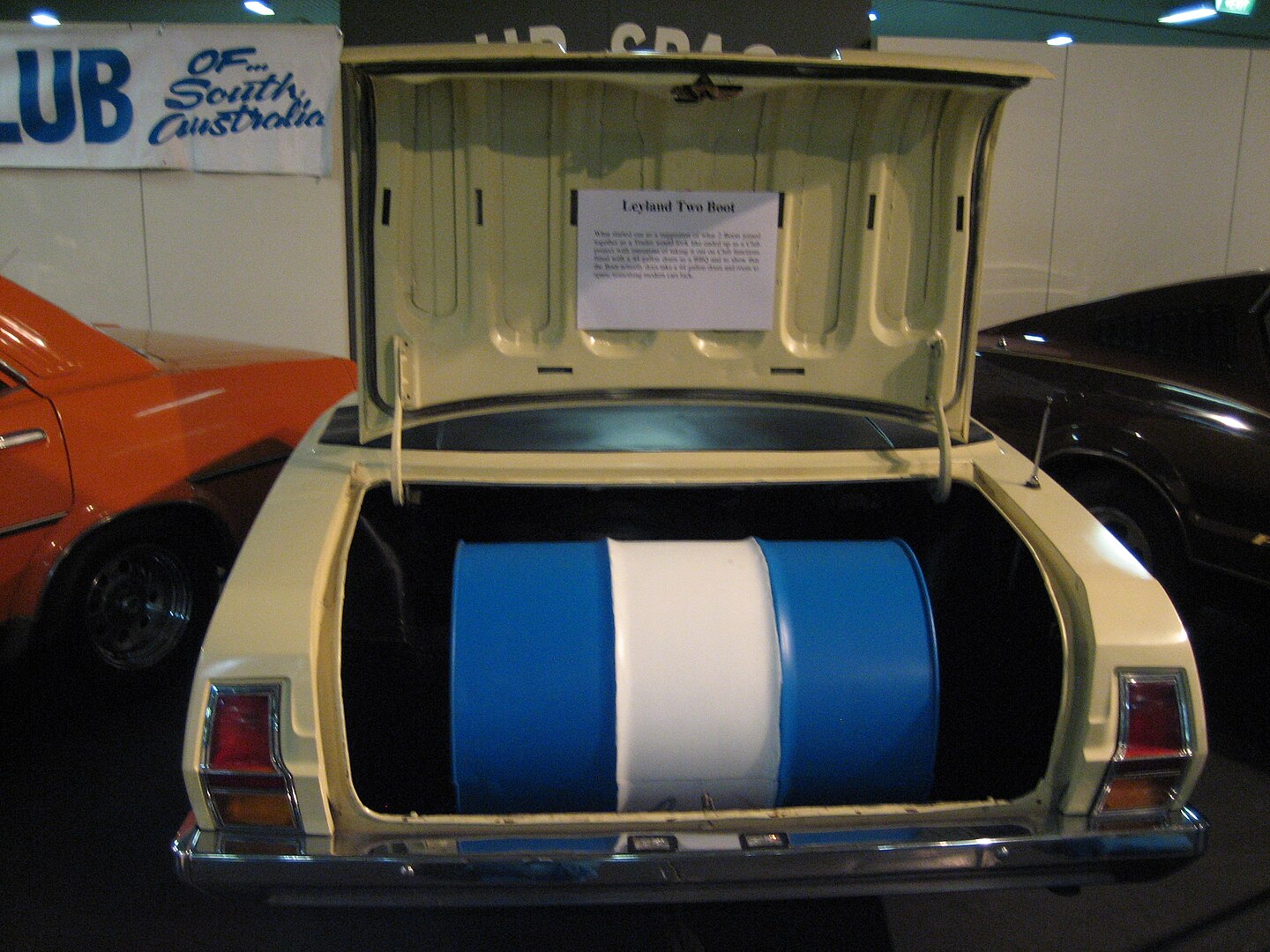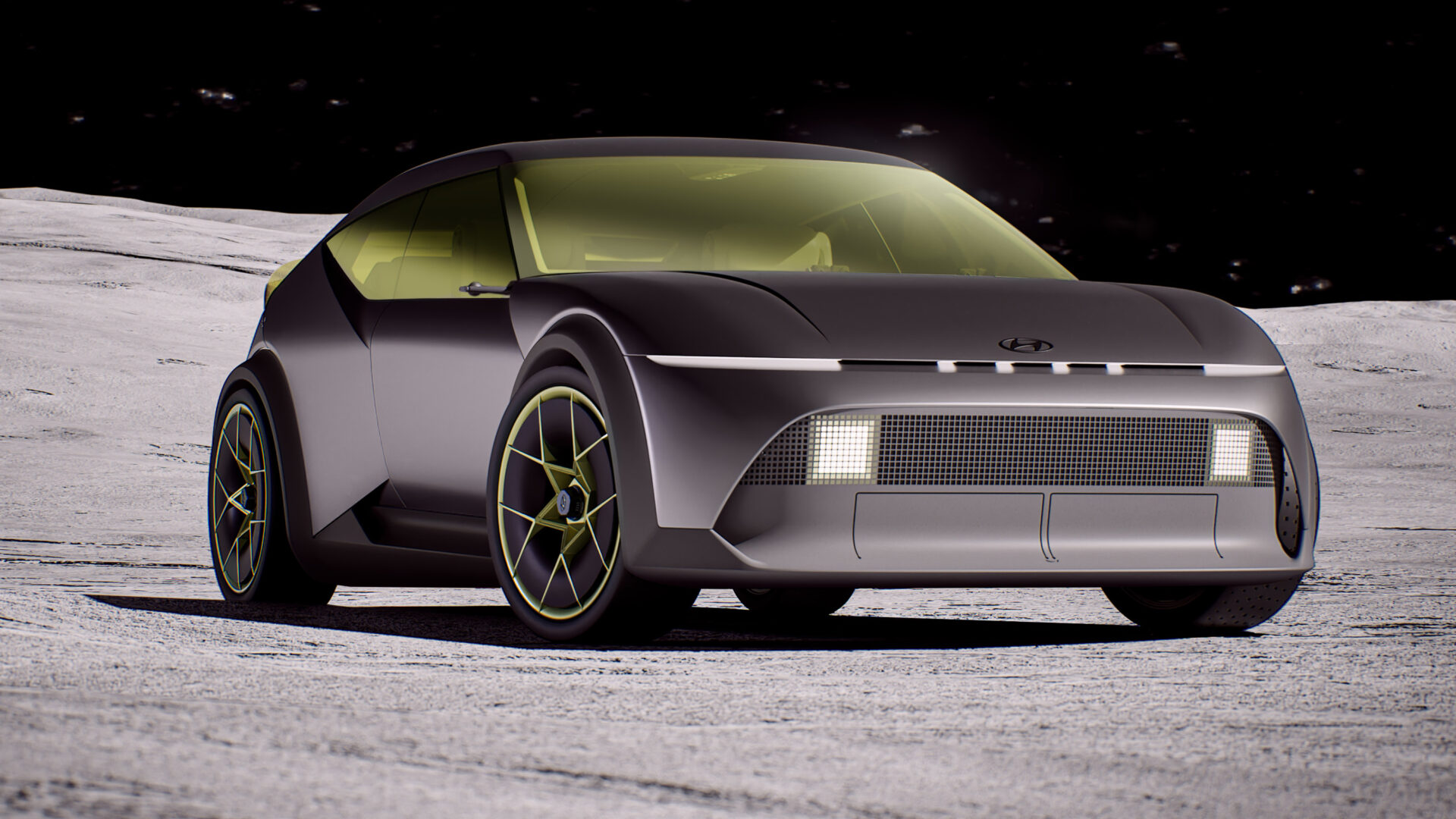Audi R8 Spyder Review
The Audi R8 Spyder, like any topless supercar, comes in for the usual criticism of “being a bit soft.” With a chassis and driveline shared with the Lamborghini Huracan, it’s fairly unlikely you could ever accuse the R8 of being a bit weak. But, being the kind of people we are The Redline, we thought it worth investigating. And instead of going over the top and getting the R8 V10 Plus, we got the heaviest, lowest-powered R8, steel-braked R8.
History
Audi’s motorsport heritage stretches back before World War II. Without putting too fine a point on it, old Adolf was pretty keen on German domination in motorsport, so alongside Mercedes, the Auto Unions conquered races and records. Half a century later, the Audi R8 race car hit the track.
In between, Audi made some achingly pretty concept cars and had got cracking with the beautiful but dynamically uninteresting TT. The Audi Avus was a W12-powered supercar concept released in 1991. The TT owed the Avus much of its look but not the supercar performance. Between the Avus in 1991 and the release of the R8 LMP car in 1999, the Volkswagen Group bought, of all things, Lamborghini.
Within a year of its release, the R8 race car won Le Mans five times in six years from 2000-2005, with only Bentley ruining the party in 2003. Amusingly, Tom Kristensen drove to victory in all six races, including the one appearance for Bentley. Audi poached him back for the 2004 race.
Problem was, for all that motorsport success, all Audi had to offer go-faster fiends was a few S models and, eventually, the RS6. They were good cars, but they weren’t supercars. What Audi needed was a mid-engined supercar to top the range and lure buyers from Porsche. What to do?
Ingolstadt, sensibly, looked to Sant’ Agata Bolognese. That’s where Lamborghini’s wildly successful Gallardo came from, powered by a V10 engine and going out the door faster than any Lamborghini in history. And to keep everyone happy, for the first two years of production, Audi fitted their own 4.2-litre V8.
The R8 road car went into production in 2006 at a dedicated facility in Neckarsulm, Germany. In 2008, to much consternation from Lamborghini fans, the 5.2-litre V10 from the Gallardo went into the back of the Audi. While the V8 produced 309kW/414bhp, the V10 roared with 391kW/525bhp.
The second-generation, V10-only R8 superseded the first-generation in 2015 after almost nine years on sale.
Audi R8 Spyder

The second-generation Audi R8 shares even more with the Huracan than the first did the Gallardo. That’s the reality. They are, however, very different cars. The R8 is more restrained inside and out and is all the better for it. The R8 has Audi’s excellent Virtual Cockpit dashboard, a much more coherent interior and even more comfortable seats, just to get going. It also feels better made and despite sharing a few bits and pieces from other Audis, that’s not different from the Lambo.
The only real let-down for me are the clack-tacky steering-wheel mounted paddles from a A3. I don’t care that they’re from an A3, but the Huracan’s paddle shifts are utterly glorious alloy units that look and feel amazing.
The R8’s lights reference the now-dormant Le Mans program, a victim of Volkswagen’s role in dieselgate. It’s very much sharp rather than sexy, but has some lovely detailing. You can also take it anywhere without attracting too much attention.
V10 Engine

The Audi R8 comes in three flavours – V10, V10 Plus and RWS (Rear Wheel Series). The Plus is obviously the more powerful at 443kW (610PS, as in LP610-4) and 397kW (540PS) for the V10. The car we tested was the lower-powered car at 397kW, but not that you’d really notice. It still has a pretty decent 540Nm of torque to keep things interesting.
The power is fed through Audi’s newer – and much-improved – seven-speed twin-clutch transmission with a pretty nasty set of paddle shifters on the back of the steering wheel. At least the console-mounted shifter is seriously cool.
The gearbox ratios are different on the non-Plus version for fourth to seventh. The Spyder’s gears are more evenly-spaced where the Plus as shorter and four and five with longer sixth and seventh.
Chassis

Unlike the Huracan Spider we had, the R8 was all-wheel drive, using Audi’s famed Quattro drivetrain. Obviously it’s rear-biased so things are pretty lively.
Here on the non-Plus car, we missed out on the three extra Performance modes, but again, it’s not a huge loss in this heavier car.
Suspension is by double-wishbones front and rear, with magnetic damping that responds to the usual changes in driving mode. The basic steering is an excellent electric setup but you can step up to dynamic rack and just get annoyed with it.
On this car we had the eight-pot fixed caliper front brakes and four-pot rears gripping the rears. The rotors are those whacky wavy steel discs that Audi likes. Unless you’re planning on hitting the track, the steels are fine. They really are.
Driving

The Coupe is – truly – a masterpiece. It’s like Audi stripped away all the histrionics and (hugely enjoyable) nonsense of the Huracan to deliver a supercar that cuts the crap. You can drive around without too many double-takes, you can park where you like (it has a usable reversing camera) and it has brilliant manners in traffic. It even has stop-start.
It has a much friendlier cabin, too. While it’s basically the same architecture, the Audi’s is calmer and, bizarrely, cooler. The Virtual Cockpit is the RS version without the nutty design in the Lambo, but that means you can actually see the information without having to decode it. Yes, the Lamborghini is like that.
Above all, it’s more comfortable. All the better to wring its neck.
The steering in the R8 is close to perfect. Consistently-weighted, it’s hard to tell it’s electric rather than the purist-favoured hydraulic. It never gets too heavy, even in the highest drive mode. Pointing the R8 down a bendy road proves how good the steering is. Its composure and poise reminds you just how great a mid-engined car is. A V10 is heavy, so having it rammed up against the rear bulkhead means the weight is in the best place it can be.
Putting the weight there (and it’s low, owing to the engine’s dry sump) means the steering is marvellously uncorrupted, despite some of the power going through the front wheels. You won’t get any torque steer and you can trust the car will go where you point it.
Yes, there is understeer, but it’s nowhere near as catastrophic as people would have you believe and it’s the mildest of push – and rather better than oversteer. Oversteer is fun but undesirable on narrow roads with no run-off. Hell, there’s understeer in a Ferrari 488 and you don’t hear any complaints about that. It’s something people say because a car is all-wheel drive.
The way the R8 rides is phenomenal – unless the road is really bumpy, the tyres stay right where they should, hugging the road and channeling power to the road. The power-shuffling is completely unobtrusive and the attitude of the car can be adjusted with the throttle. And the grip – oh, the grip. Seemingly endless, secure on the loose and wet stuff, imperious in the dry.
Roof down it’s a sensory delight. I was burning to a crisp on the day we shot the video so the roof was up, but listening to that V10 sing is worth every single unit of currency you have to spend on this car. It’s utterly glorious and the punch is brutal when you want it and smooth when you need it.
The R8 is the superior car to the Huracan in almost every way. It’s more subtle (which isn’t hard, but maybe skip the yellow), more composed and easier to live with. It’s a GT car in comfort mode and a complete nutter in Dynamic. You don’t miss the extra power in the Spyder because the noise you hear makes you feel like you’re going faster. I’d still have a V10 Plus Coupe, but my goodness, this car is brilliant.




Leave a Reply